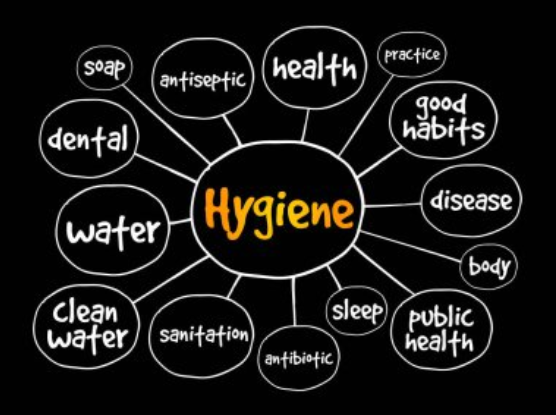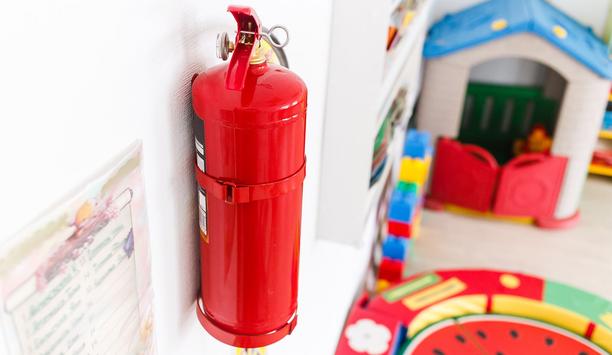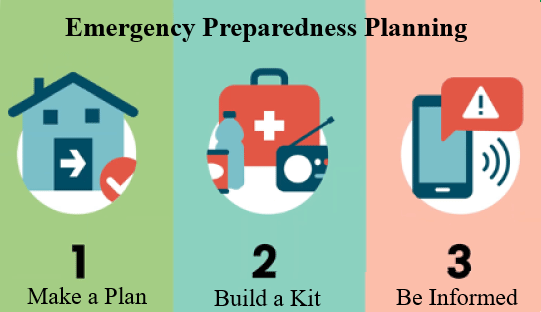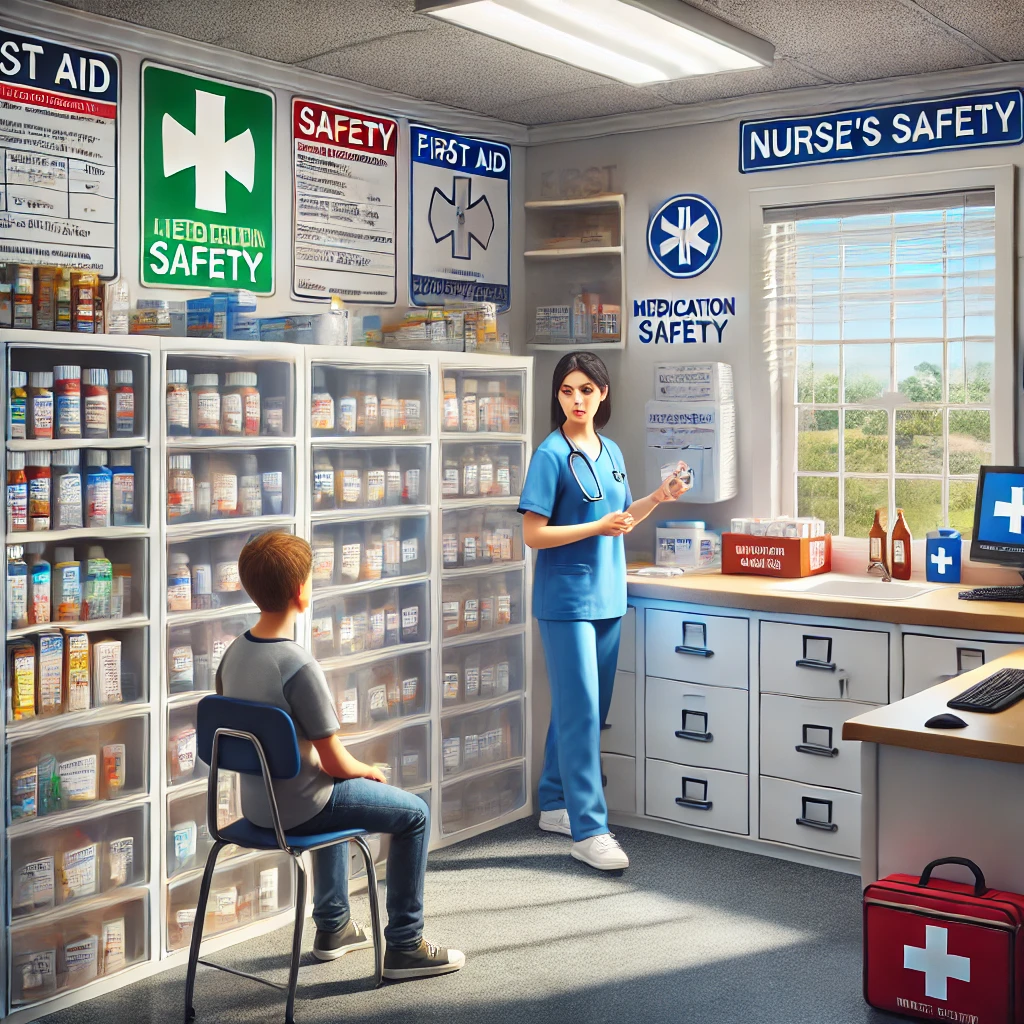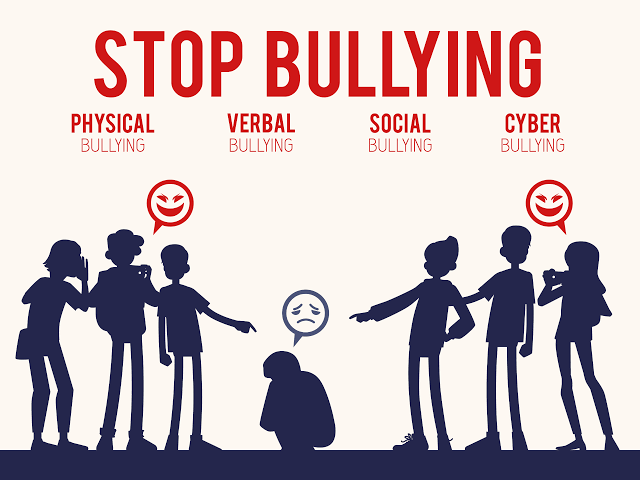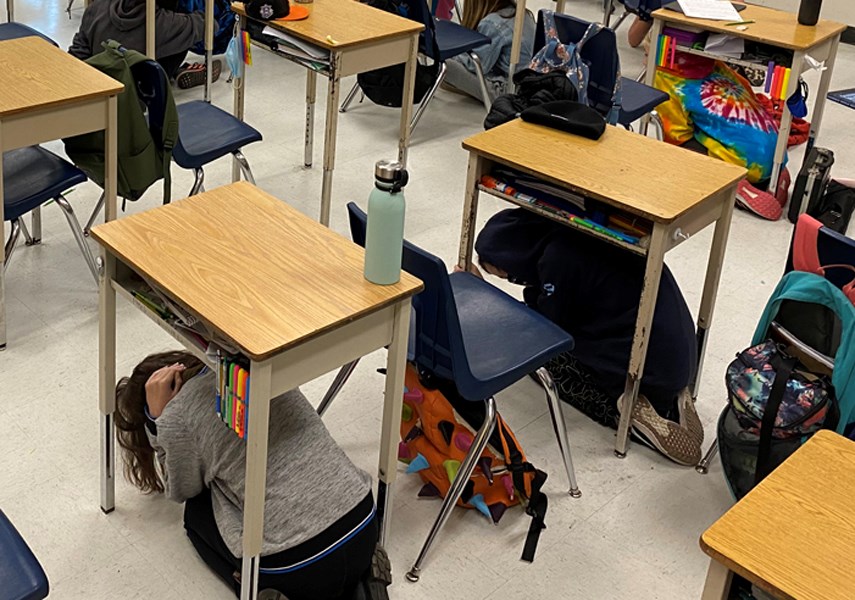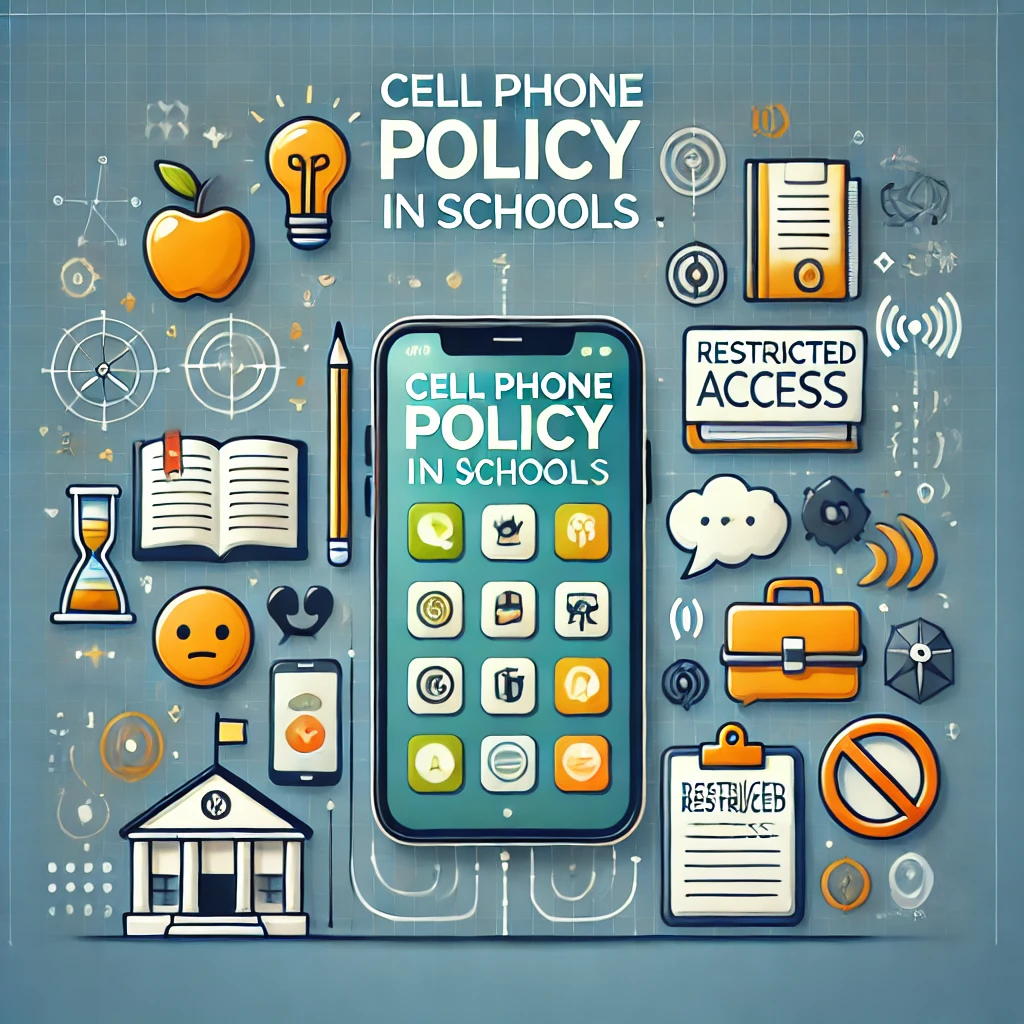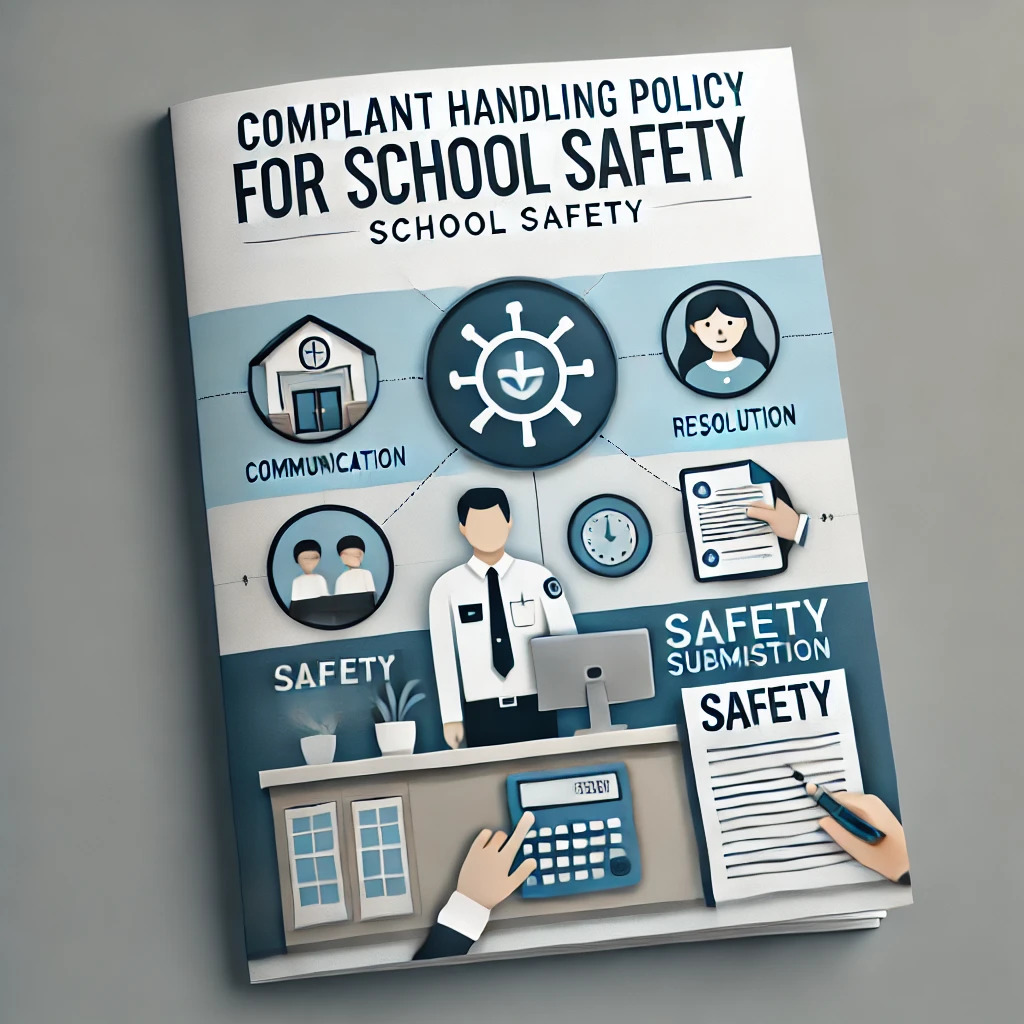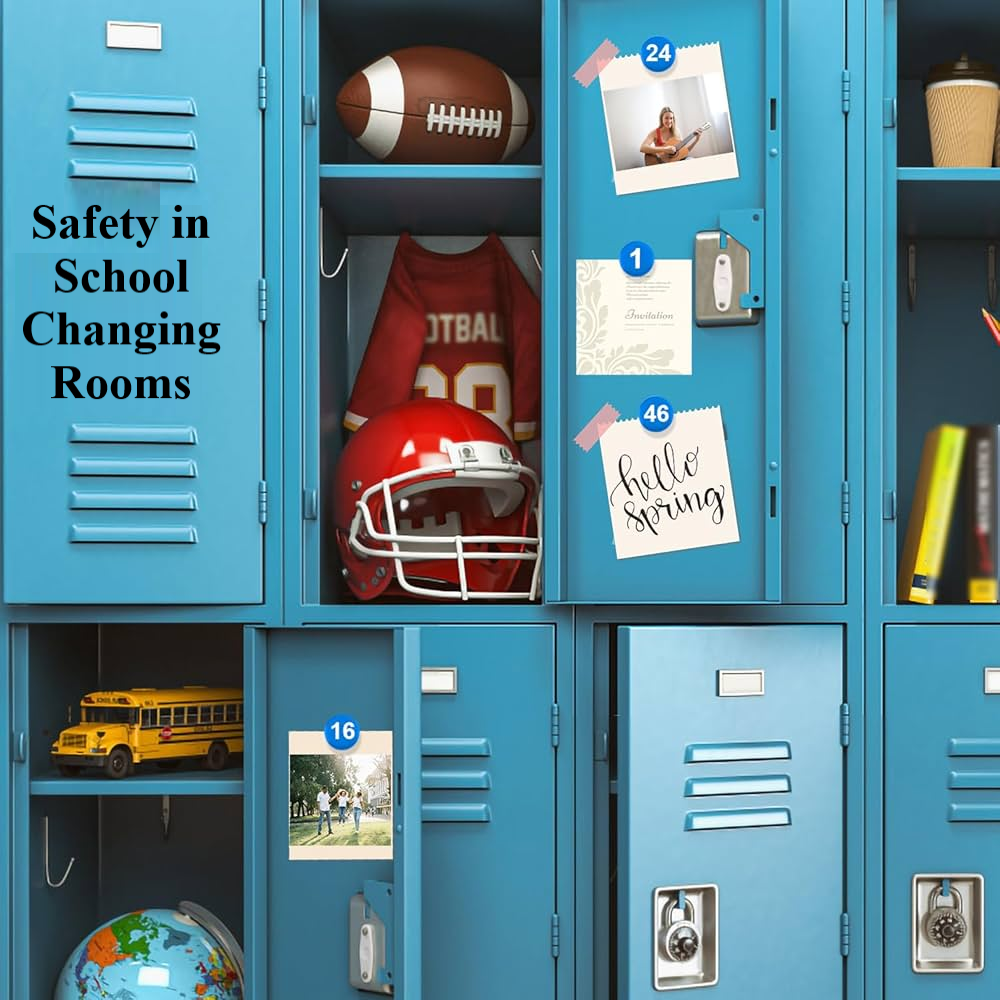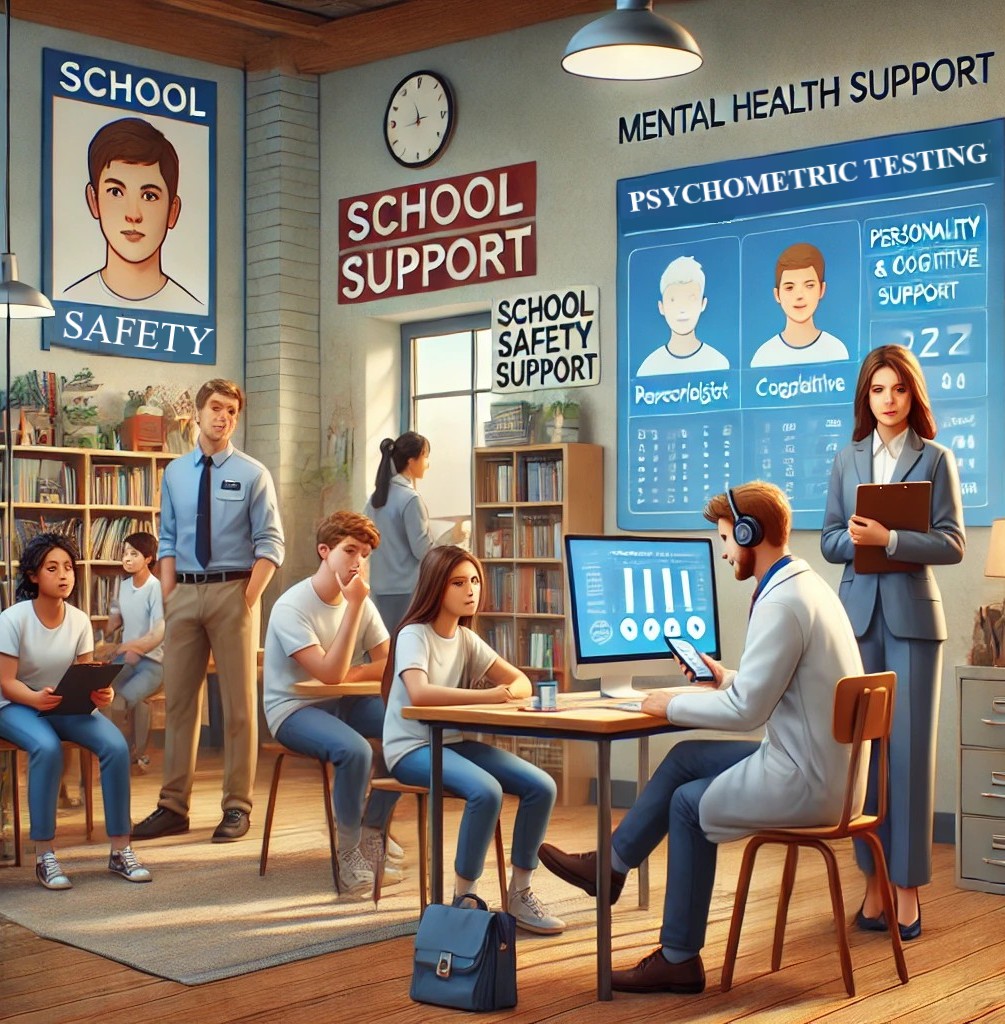Understanding the Importance of Washroom Safety in Schools
Introduction
Washroom safety in
schools is often an overlooked aspect of overall student well-being. While
schools focus on classroom security and playground supervision, washrooms can
become hotspots for bullying, vandalism, and other misconduct. Unsafe washroom
environments can impact students' mental health, attendance, and academic
performance.
Why Washroom Safety Matters
- Physical Safety Risks
- Unmonitored
areas can lead to bullying and harassment.
- Slippery
floors or broken facilities can cause injuries.
- Lack of
emergency protocols in washrooms can leave students vulnerable.
- Psychological Impact on Students
- Anxiety and
stress due to fear of bullying in washrooms.
- Some students
avoid using washrooms altogether, leading to health problems like UTIs.
- Poor hygiene
in washrooms can create a negative perception of school cleanliness.
- Case Studies
- Case 1: A High
School in the US: A school in New York
implemented periodic washroom checks after reports of bullying and vaping
incidents, reducing reported cases by 40%.
- Case 2: A
School in the UK: After an increase in washroom
vandalism, surveillance outside restrooms and increased teacher presence
led to a 70% decrease in damages.
Key Elements of a Washroom Safety Policy
- Regular Inspections: Daily checks
for cleanliness and safety.
- Surveillance (with Privacy
Considerations): CCTV outside washroom entrances.
- Staff Supervision: Rotational
monitoring schedules for teachers.
- Reporting Mechanisms: Anonymous ways
for students to report unsafe conditions.
Challenges in Implementing Washroom Safety Policies
- Balancing Privacy and Safety: How to monitor
without infringing on student rights.
- Budget Constraints: Schools often
struggle to fund better facilities and security.
- Student Resistance: Pushback
against increased monitoring.
Washroom safety must
be an essential component of school security policies. Schools should create
structured guidelines, enforce discipline, and educate students on responsible
use.





